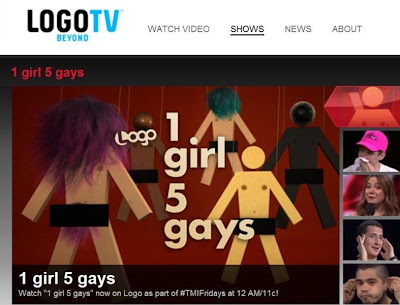UPDATE Oct 6, 2013 - the new external Website for my OSU history broke the permanent link to it. The new page is poorly laid out compared to the old Wiki technology version and it is unprintable and inaccessible to those with low vision blindness because it overrides the accessibility features already built-in many internet browsers for decades. Even mighty Google made the same mistake until being forced to add better accessibility to the Chrome Browser and Mobile Android operating system Version 4.2.2 in 2013. Even my own Google Blogger blog page still has the same problems with accessibility because it will not allow for text to be selected and then automatically resized and rewrapped by the user's screen width. I have worked around this issue by forcing a small screen width and using a simple template. Many other Web sites have same accessibility problems, which they have worked around by adding an optional printable page of plain text that will display using high-contrast black text on a white background to allow text size color and text margin wrapping to be changed by the user's standard browser program or printer functions instead of forcing a fixed text size or page width that is cut off and forces horizontal scrolling due to poor Web page design. It would have also been better for any new site design to support the old page layout and links to it until articles could be reformatted for the new content management system they are using. Also, automatic redirection from the old permanent link should have been provided since these old links have been referenced by librarians. Broken will cause a loss it readership.
NEW LINK FOR Thomas Kraemer, "Corvallis, Oregon State University Gay Activism 1969-2004" www.outhistory.org/exhibits/show/corvallis accessed Oct 6, 2013 contains links to the following poorly laid out sub-pages instead of including everything on one page as the Wiki version did:
- Corvallis, Oregon State University Gay Activism 1969-2004
- Introduction
- Gay Marriage Issue, 1976
- Oregon State University
- Timeline
- References
I hope to see if I can get this article reposted in a format that is easier to read and also get an automatic redirection from the old link that has been linked to and published by librarians and others.
UPDATE: Sep. 2013 NOTE the OutHistory.org Web site is being moved to a new system and there may not be an automatic redirection to the new site nor printable pages and accessible text for those with low-vision blindness. Hopefully, these issues will be fixed soon.
(See previous posts OSU gay history at OutHistory.org site (1/16/12) and OSU gay history at OutHistory.org thomaskraemer.blogspot.com (12/7/10))



